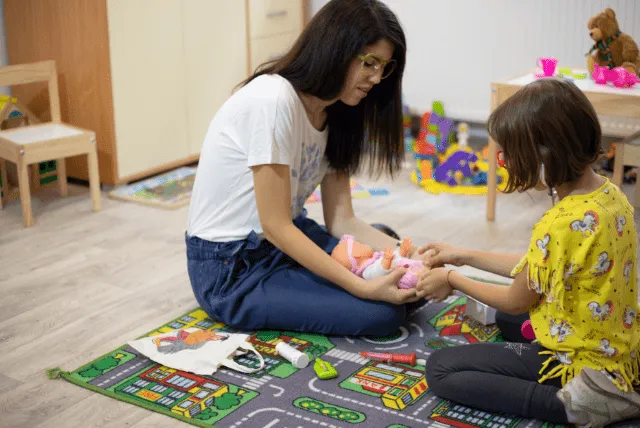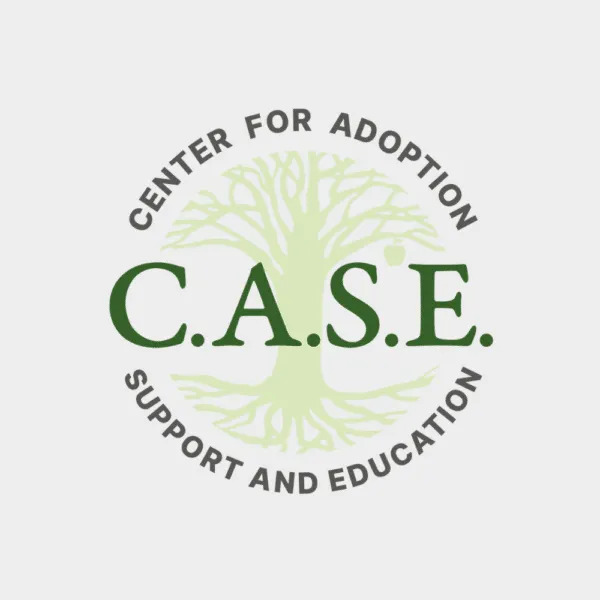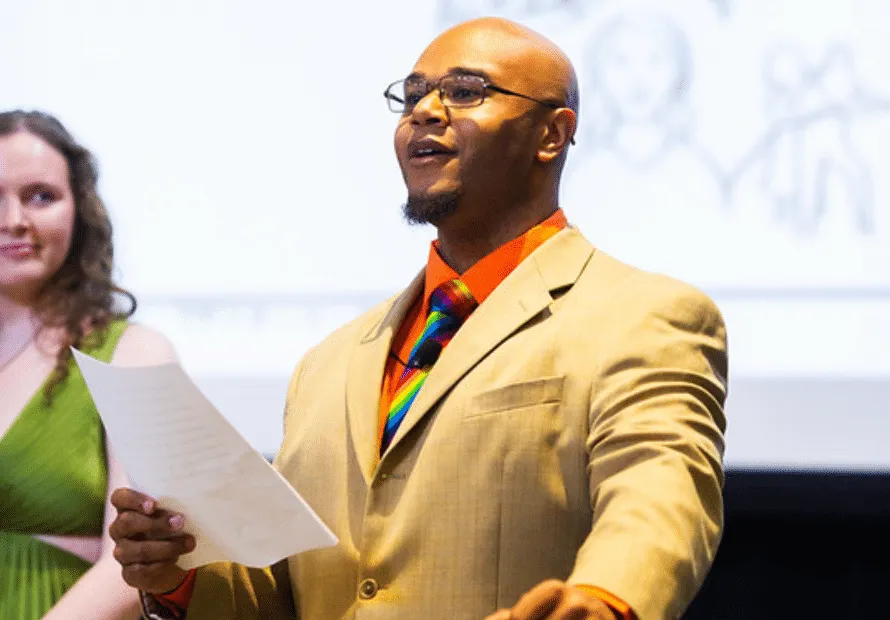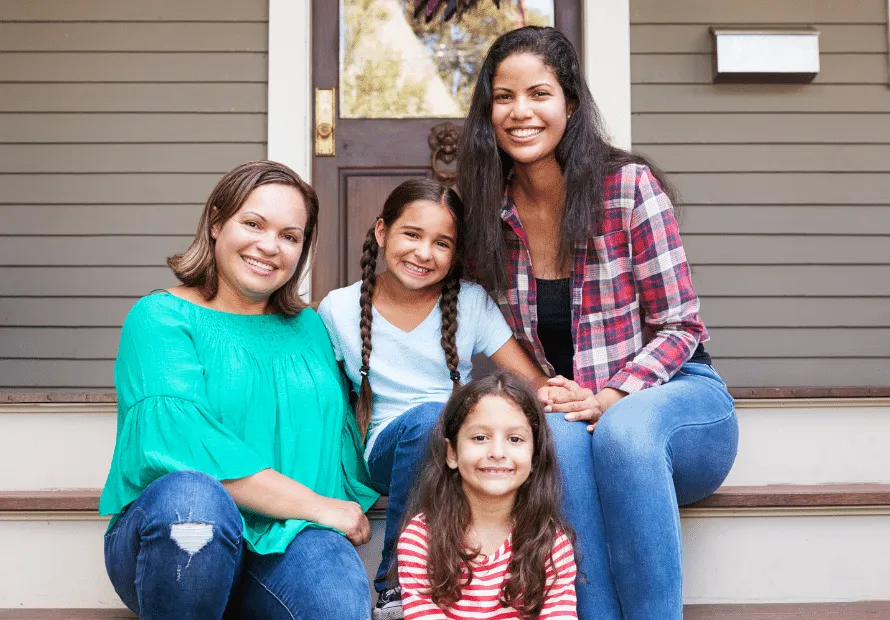Benefits of Incorporating Creative Therapies and Techniques in the Treatment of Children and Adolescents
Benefits of Incorporating Creative Therapies and Techniques in the Treatment of Children and Adolescents

When children and adolescents don’t have the words or language to express their emotional experiences, their expression often manifests through behavioral, emotional, and somatic responses.
Integrating expressive therapies such as art, play, movement, sand, music, and writing is a great way to engage children and teens and provides an outlet for healthy self-expression.
By creating a safe space, individuals can explore and express complex emotions surrounding loss, trauma, and attachment to promote healing and growth.
Play therapy provides insight into a child’s innermost thoughts, feelings, beliefs, and perceptions of how they view themselves, others, and the world around them.
For example, I worked with a four-year-old child who was separated from his birth parents when he was two years old. He presented with anger, defiance, tantrums, and aggression (often towards mom). He complained of stomach aches with no medical explanation. In his play, he threw the baby dolls in the trash, stating ‘the babies were bad.’ Ongoing themes suggested this was a literal representation of how he felt about himself…disposable, unwanted, or worthless.
Through play therapy, he was able to express and make sense of his story. Over time he was able to provide consistent nurturance to the baby dolls and had them adopted into loving families. He began to accept nurturance from his mother and his behaviors and somatic complaints subsided.
When meeting with children and teens who have experienced developmental trauma, I have found integrating expressive therapies and attachment-focused family therapy to be successful in building attachment and self-esteem.
Developmental trauma is the result of abandonment, abuse, or neglect that occurs within the first three years of life. This can have a profound effect on different areas of the brain that impacts cognitive, neurological, psychosocial, and attachment development.
Early or implicit memories are stored in the limbic system, often referred to as body memories. Even when there isn’t a clear memory attached to an experience, the body remembers. Because this type of trauma occurred in the pre-verbal stage of development, expressive therapies in conjunction with talk therapy help bridge body memories and narrative.
From a neurobiological perspective, creative expression and positive interactions increase levels of dopamine, a feel-good chemical that helps reduce stress, alleviate symptoms of anxiety and depression, and increase motivation and attention. It also increases Oxytocin, a feel-good chemical that plays an important role in social bonding, attachment, and generating trust.
Activities that incorporate rhythmic synchronized movement such as dancing help calm the central nervous system and stimulate neuropathways in the brain that’s related to the development of learning, social behavior, attachment, and emotional regulation.
Each creative approach serves its own unique purpose.
Written By Brooke Petersen, LCSW-C, C.A.S.E. Adoption Competent Therapist, Board Certified Telehealth Professional Level I












